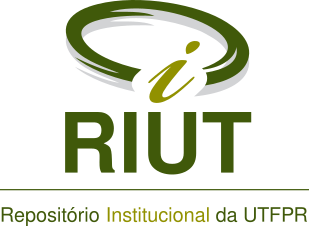Vitamin C, total phenolics, and antioxidant capacity of fruits cultivated in Brazil
Resumo
This study aimed to determined vitamin C content by capillary electrophoresis, total phenolic content (TPC), and 2,2-diphenyl-1-picrylhydrazyl radical-scavenging capacity in fruits of blackberry (Rubus ulmifolius), plum (Prunus domestica), carambola (Averrhoa carambola), cape gooseberry (Physalis peruviana), red and yellow guava (Psidium cattleianum), acerola (Malpighia emarginata), and jabuticaba (Myrciaria cauliflora). Among the studied fruits, acerola showed the highest vitamin C concentration (1266.5 ± 13.1 mg 100 g-1 fresh weight (FW)), TPC (666.4 ± 52.6 mg gallic acid equivalent 100 g-1 FW), and antioxidant capacity (1279.0 ± 25.9 mg ascorbic acid equivalent 100 g-1 FW), reinforcing that this fruit is an important natural source of bioactive compounds. The fruits jabuticaba, followed by red and yellow guava, showed intermediated values of TPC (285.4 ± 15.2 to 199.5 ± 10.6 mg gallic acid equivalent 100 g-1 FW) and antioxidant capacity (734.5 ± 5.8 to 362.0 ± 0.3 mg ascorbic acid equivalent 100 g-1 FW), while the fruits carambola and cape gooseberry showed the lowest values of both. Therefore, specially acerola, jabuticaba, red guava, and yellow guava can be considered a supply of bioactive compounds to the diet.
Palavras-chave
Ascorbic acid; DPPH; polyphenolic compounds; Folin-Ciocalteu; capillary electrophoresis.
Texto completo:
PDF (English)DOI: 10.3895/rebrapa.v10n1.8545
Apontamentos
- Não há apontamentos.
Direitos autorais 2020 CC-BY

Esta obra está licenciada sob uma licença Creative Commons Atribuição 4.0 Internacional.





